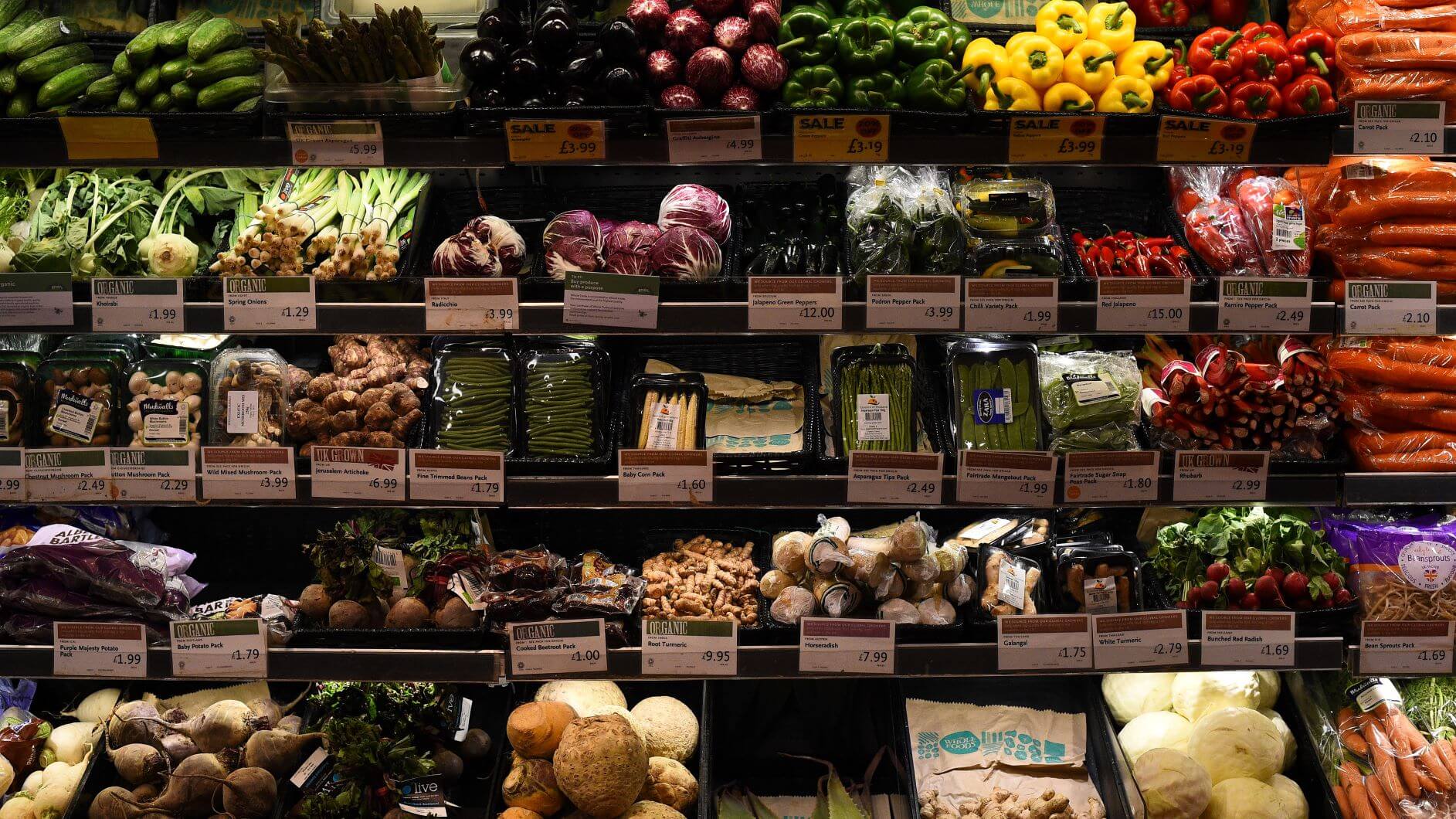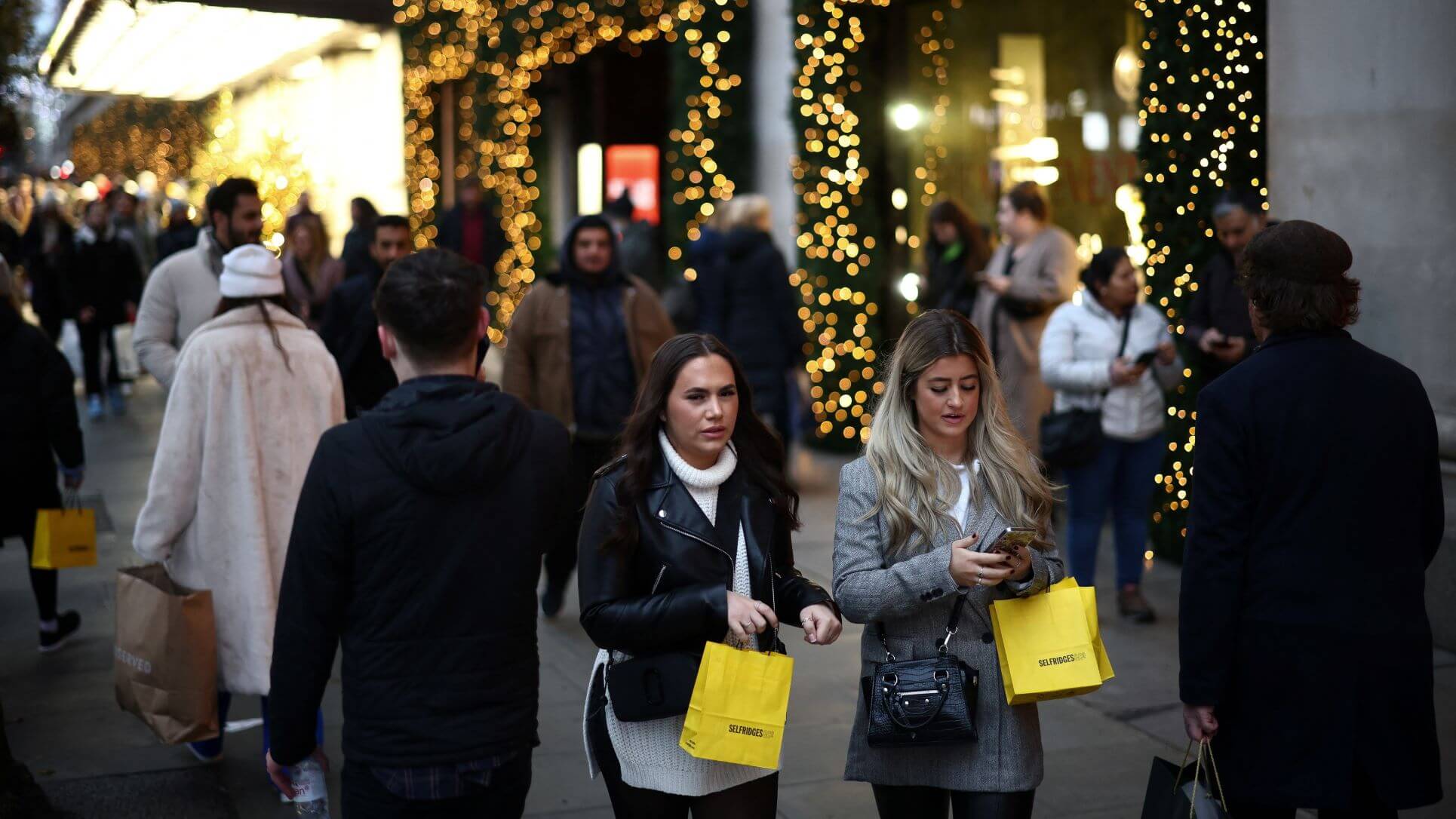Food inflation reached 2.5% in March, the highest rate since November 2013, according to the BRC-Nielsen Shop Price Index.
Highest Food Inflation In More Than Five Years – Index
Food inflation reached 2.5% in March, the highest rate since November 2013, according to the BRC-Nielsen Shop Price Index.

UK food prices have reached their highest rate of inflation in more than five years following the effect of last year’s extreme weather and global cereal cost increases.
Last year’s weather saw farmers contending with delays to planting caused by February’s Beast from the East followed by rain leading to flooding in some areas in April and then an extended summer heatwave affecting crop yields.
As a result, shoppers were now seeing significant price increases for a number of UK crops such as onions, potatoes, and cabbage, while rises in global cereal prices had pushed up the cost of bread and cereal, according to the BRC-Nielsen Shop Price Index.

The increases helped to drive food inflation to 2.5% in March, up from 1.6% in February, the highest inflation rate since November 2013, the figures show.
Overall, shop price inflation accelerated to 0.9% in March from 0.7% in February, the highest inflation rate since March 2013.
While non-food prices were at the same level as March last year, fresh food inflation rose to 1.9% in March from 1.7% in February and ambient food prices increased by 3.4%, a significant jump from February’s rate of 1.5%.
British Retail Consortium (BRC) chief executive Helen Dickinson said: “March saw shop price inflation rise to its highest level in six years, driven primarily by a sharp spike in non-perishable food inflation.
“Increases in global commodity prices and adverse weather events put upward pressures on the wholesale prices of many foodstuffs which, coupled with rises in the cost of alcoholic and non-alcoholic beverages, pushed food inflation from 1.6% in February to 2.5% in March.
“Nonetheless, the bigger threat to food inflation remains the risks of a chaotic no-deal Brexit, which would lead to higher prices and less choice on the shelves. In order to avoid this scenario, parliamentarians from all parties must find a compromise that can command a majority in the House of Commons.”
Mike Watkins, head of retailer and business insight at Nielsen, said: “The upwards pressure on pricing continues across food retailing and a key driver this month was inflation in ambient food and drink.
“With shoppers looking to stretch their budget for the weekly grocery shop this will not help volume growth, which has been slowing since the start of the year. For many high street fashion, home and outdoor retailers prices are not increasing, so good news for shoppers as the end of season ranges sell through.”
Thanks for signing up to Minutehack alerts.
Brilliant editorials heading your way soon.
Okay, Thanks!

